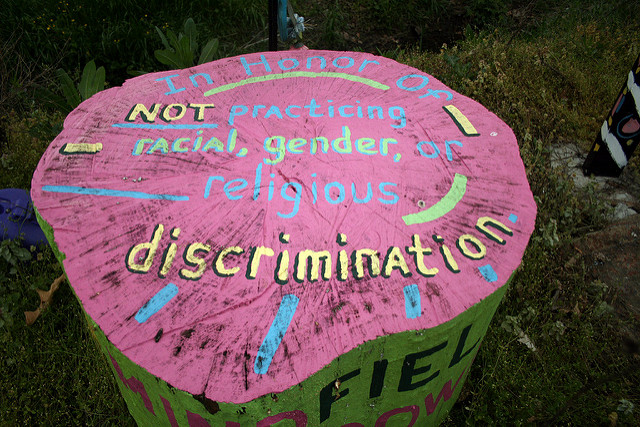Understanding Workplace Discrimination and How to Combat It

In recent times, people get offended easily because some people don’t think about how their actions can affect others. Although many of these actions are careless or may stem from ignorance, this doesn’t prevent them from being hurtful or discriminatory.
Some of these actions are prevalent in the workplace. They could be between colleagues or, worse still, between an employer and an employee.
Dealing with such discrimination, especially at work, could be complex, and you might need an employment lawyer to help you protect your rights and get the fair treatment you deserve.
It is very easy to mistake people’s annoying attitudes for workplace discrimination. In this article, you will learn how to spot workplace discrimination, deal with it, and avoid it altogether because prevention is better than a cure.
What counts as workplace discrimination?
Discrimination means treating an individual less favorably or differently for some reason. The reasons could be based on religion, race, color, national origin, sexual orientation, disability, age, or genetic information. (Employment discrimination based on genetic information occurs when an employer unlawfully shares an employee’s genetic information, such as the health condition of a family member.)
Actions targeting, stereotyping, or harming you based on these traits count as workplace discrimination. Based on these traits, the denial of certain workplace perks or career growth opportunities also counts as workplace discrimination.
How to spot workplace discrimination
Workplace discrimination is easy to spot. Here are the main incidents of discrimination in workplaces:
Harassment
Harassment, by definition, means behavior that demeans, humiliates, pressurizes, and intimidatesanother person into acting in a way they wouldn’t. For example, racial harassment could see someone from a minority race or culture forced to pander to the majority race in the workplace.
Unfair Treatment
Treating employees of a protected trait wrongly or differently than others.
Retaliation
Some employers or colleagues can be vindictive and go the extra mile to do even more hurtful things after the employee has complained of discrimination.
Denial of workplace changes
Pregnancy discrimination where pregnant women may not be given maternity leave or fewer working hours is a prime example of this.
These are just some examples, but they are also more common.
Some of the laws which the EEOC enforces to protect people of protected traits from issues like these are:
The Equal Pay Act of 1963
After the passing of this law, no employer should ever pay women less than men, especially if they’re performing equal work in the workplace. The legislation also makes it impossible for employers to reduce workers’ pay in retaliation for discrimination proceedings.
Title VII of the Civil Rights Act of 1964
After this legislation was enacted, discrimination based on race, color, national origin, religion, or sex became illegal.
The Pregnant Workers Fairness Act of 2022 (PWFA)
This legislation empowers pregnant workers to seek workplace changes, provided they do not cause undue hardship for the employer.
Title I of the Americans with Disabilities Act of 1990 (ADA)
This legislation protects citizens of the United States of America from workplace discrimination. It is a very important law and one that many employers flout easily.
Practical tips to combat workplace discrimination
Another thing to understand is that while workplace discrimination is easy to spot, it can be challenging to prove. The EEOC reported that, from 2015 to 2020, discrimination complaints were filed directly with it. In 2020, it handled 70,804 charges of workplace discrimination, but only 17.4 percent of those were decided in favor of the complainant in the EEOC’s pre-litigation process.
Employment lawyers can help you file discrimination claims and assist in litigation. Still, there are tips you can take to nip discrimination in the bud before it gets to the point where you’ll need a lawyer.
Below are some practical tips to combat workplace discrimination, per the EEOC:
Respect cultural and racial differences.
Act and speak in a professional manner.
Refuse to instigate, take part in, or support harassment and discrimination.
Steer clear of racial or culturally insensitive jokes or humor. Leave it outside of the office if you’re unsure.
Learn the workplace policies and conduct yourself appropriately.
Attend EEOC training to learn about the legal obligations and rights under anti-discrimination laws.
Take initiative. Report any inappropriate, harassing, discriminating, or abusive behavior to management, the Human Resources division, your union, or your supervisor.
Get in touch with the EEOC or your local human rights commission if you suffer or witness harassment or discrimination.
If you do all these as an employee and still face discrimination, here are practical tips to deal with it:
Pause and get more information.
Seek professional advice from an employment lawyer.
Collect records and documents.
Report discrimination to your workplace or an external organization.
Be alert to retaliatory actions.


